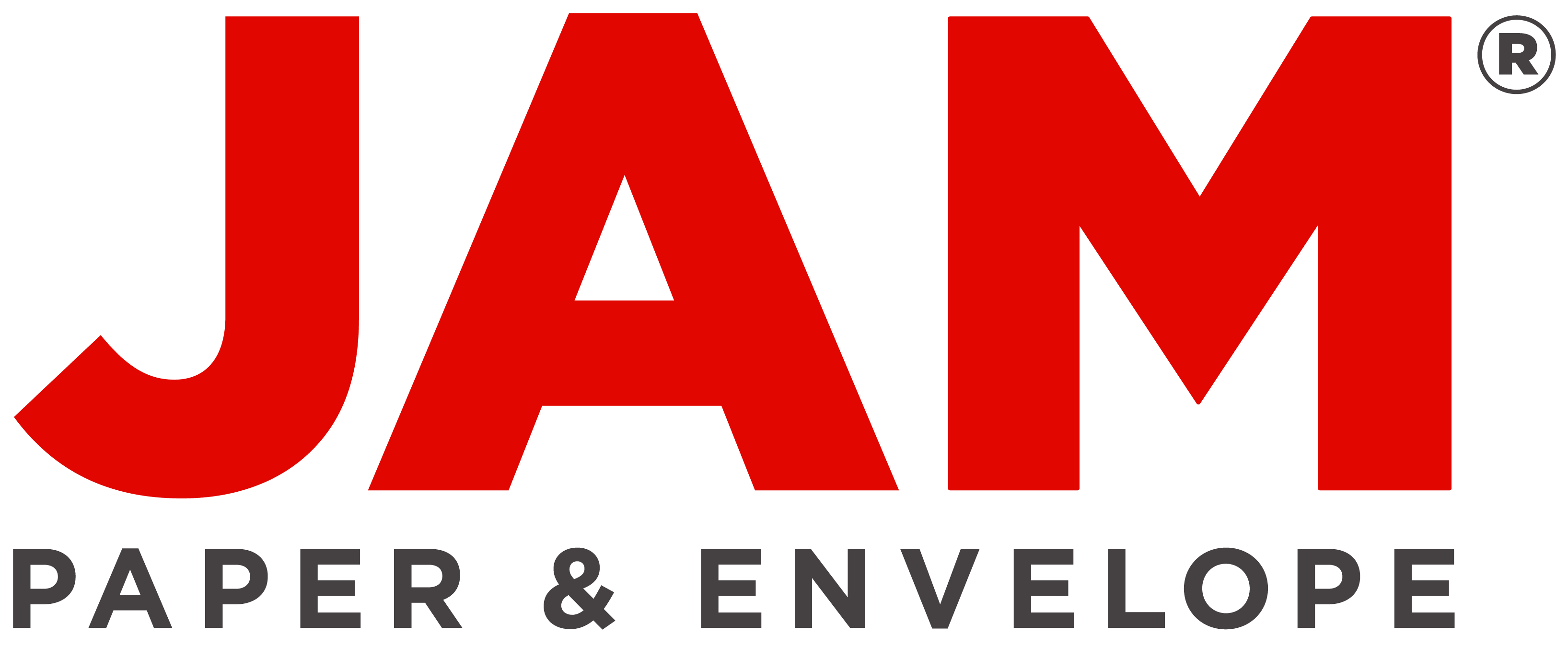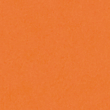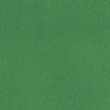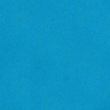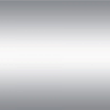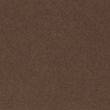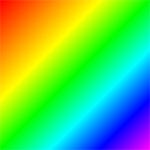How to Build a Better Microscope... with a Sheet of Paper
- By Andrew Jacobs
- Mar 27, 2014
How to Build a Better Microscope... with a Sheet of Paper
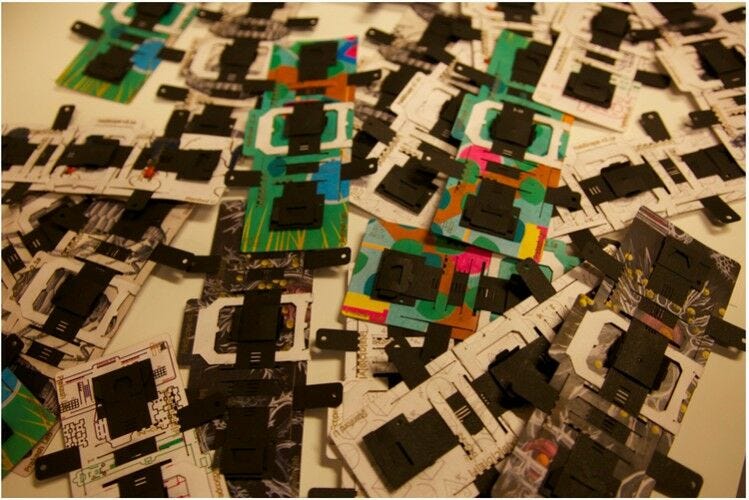 Paper can do a lot. It can hold a love letter, carry a novel, or be transformed into an elegant crane. Paper is a versatile tool, but for the most part, we see it as a medium for writing and art. Besides its use for printing scientific papers and medical charts, we don’t really see it as a tool for science or medicine. But paper is a unique tool. It is versatile, affordable, disposable, and it exists nearly everywhere in the world. How are these traits not something deemed useful for science?
Paper can do a lot. It can hold a love letter, carry a novel, or be transformed into an elegant crane. Paper is a versatile tool, but for the most part, we see it as a medium for writing and art. Besides its use for printing scientific papers and medical charts, we don’t really see it as a tool for science or medicine. But paper is a unique tool. It is versatile, affordable, disposable, and it exists nearly everywhere in the world. How are these traits not something deemed useful for science?
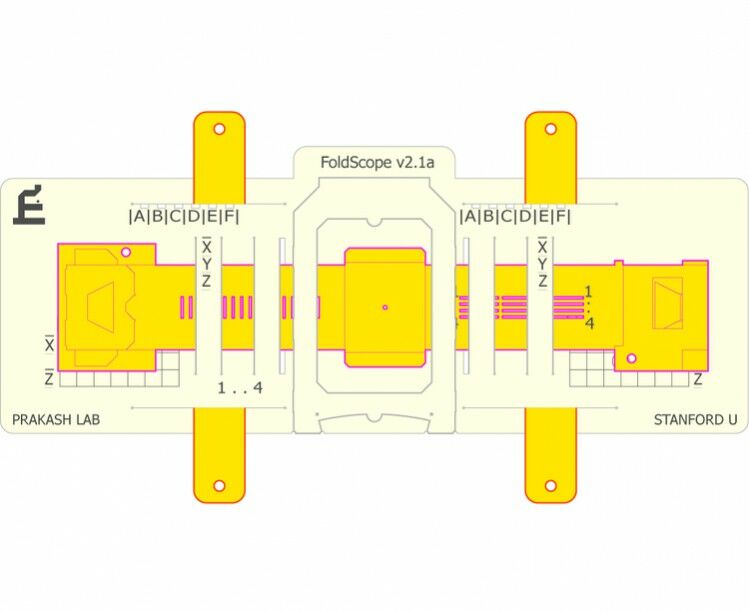 Well, as a matter of fact, they are. Stanford bioengineer, Manu Prakash, and his colleagues have developed a microscope that can be made with just one sheet of cardstock. The sheet is printed with a foldable design and can be assembled in less than 10 minutes. With the addition of a small lens and an LED light, the price tag on the microscope ends up at just 50 cents, a minuscule fraction of the price of a regular microscope.
Well, as a matter of fact, they are. Stanford bioengineer, Manu Prakash, and his colleagues have developed a microscope that can be made with just one sheet of cardstock. The sheet is printed with a foldable design and can be assembled in less than 10 minutes. With the addition of a small lens and an LED light, the price tag on the microscope ends up at just 50 cents, a minuscule fraction of the price of a regular microscope.
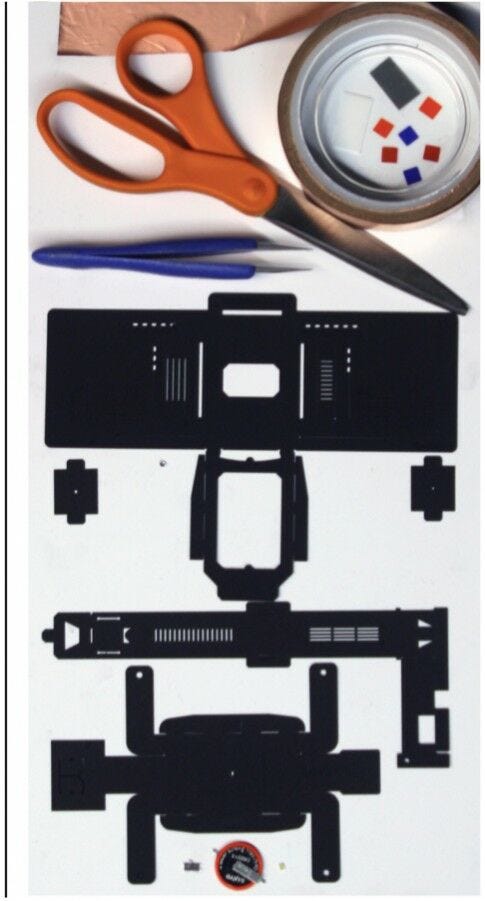 The microscope, called the Foldscope, is meant to be a cheap, easily accessible, durable, and disposable medical screening tool for use in developing countries. And due to these qualities, it is also an attractive tool for field research and education, where money is tight and durability is a necessity. The scopes can provide up to 2000x magnification, can be dropped or stepped on without doing damage, and are even able to project magnified images onto a wall or screen. With this type of magnification, you can detect and diagnose malaria and other diseases. And with that price tag, even if you did manage to break it, making a new one is as simple as pressing print.
The microscope, called the Foldscope, is meant to be a cheap, easily accessible, durable, and disposable medical screening tool for use in developing countries. And due to these qualities, it is also an attractive tool for field research and education, where money is tight and durability is a necessity. The scopes can provide up to 2000x magnification, can be dropped or stepped on without doing damage, and are even able to project magnified images onto a wall or screen. With this type of magnification, you can detect and diagnose malaria and other diseases. And with that price tag, even if you did manage to break it, making a new one is as simple as pressing print.
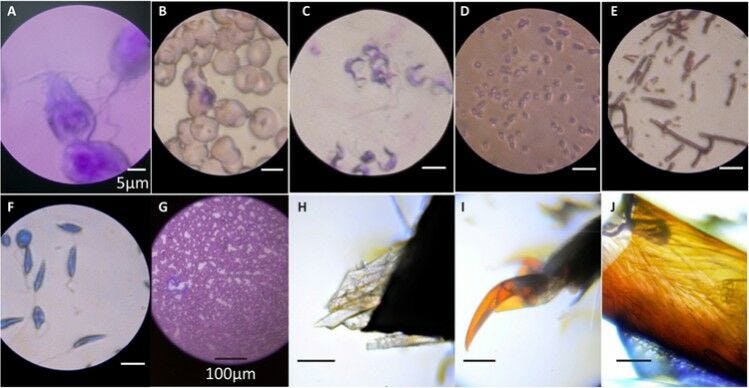
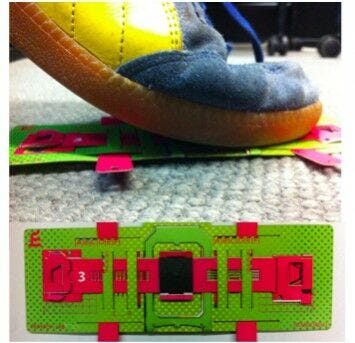 Science and technology can be complicated. But oftentimes, the most beautiful, elegant solutions are as simple as… well, a sheet of paper.
All images credited to the FoldScope Team.
Science and technology can be complicated. But oftentimes, the most beautiful, elegant solutions are as simple as… well, a sheet of paper.
All images credited to the FoldScope Team.Building a Better Microscope with a Sheet of Paper
Building a better microscope with a sheet of paper is a fun and educational DIY project that anyone can do at home. By following a few simple steps, you can create a functional microscope using just a sheet of paper and a few other household items. Not only is this a great way to learn about the principles of microscopy, but it's also a cost-effective alternative to purchasing a traditional microscope. Whether you're a student looking for a science project or just someone curious about the world around you, building a microscope with a sheet of paper is a fascinating and rewarding experience.
Benefits of DIY Microscopes
DIY microscopes offer several benefits, including affordability, accessibility, and the opportunity to learn through hands-on experimentation. By building your own microscope, you can gain a deeper understanding of how microscopes work and the principles of magnification. Additionally, DIY microscopes can be customized to fit specific needs and can be a great way to engage with science in a fun and creative way.
Use Cases for DIY Microscopes
DIY microscopes can be used for a variety of purposes, including educational projects, scientific exploration, and even artistic endeavors. Whether you're examining tiny organisms, conducting scientific research, or simply marveling at the beauty of the microscopic world, a DIY microscope can be a valuable tool for anyone with an interest in microscopy.
Alternatives to Traditional Microscopes
While traditional microscopes are certainly valuable tools, DIY microscopes offer a cost-effective alternative for those who may not have access to professional equipment. DIY microscopes can be just as effective for many purposes and offer the added benefit of being customizable and adaptable to specific needs.
Tips for Using DIY Microscopes
When using a DIY microscope, it's important to ensure that the lens and other components are clean and free from debris. Additionally, proper lighting and positioning are crucial for obtaining clear and accurate images. Experimenting with different materials and techniques can also enhance the functionality and versatility of your DIY microscope.
Exploring the Microscopic World
Building a better microscope with a sheet of paper opens up a world of possibilities for scientific exploration and discovery. Whether you're a student, a hobbyist, or a professional researcher, DIY microscopes offer a unique and accessible way to engage with the microscopic world and gain a deeper understanding of the world around us.
